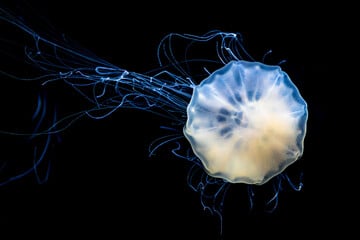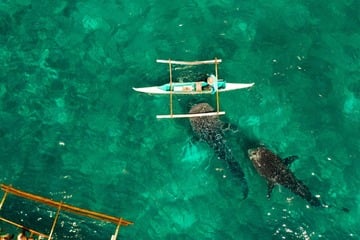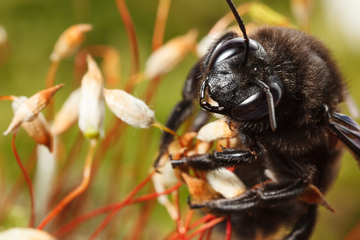What is the world's most poisonous fish?
The most poisonous fish in the world is so toxic that it'll kill an adult within seconds if an antidote is not immediately applied. This disturbing and venomous animal is certainly one to be avoided.

What makes the world's most poisonous fish so frightening, so disturbing, and so disgusting is that it is such a master of camouflage.
These merciless hunters will kill in seconds and are so packed full of venom that they challenge even some of the most poisonous and dangerous animals in the world.
So, what creature takes home the animal world record for the most poisonous fish? What makes the world's most venomous fish so dangerous, and is it alone in its lethality? Let's find out!
What is the most poisonous fish in the world?
The most poisonous fish in the world is a bizarre-looking and endlessly strange creature known as the stonefish. These medium-sized fish are extremely good at camouflaging and generally hide themselves at the bottom of the ocean, blending in with the rocks and sand as they await their prey.
Stonefish are extremely hard to see, especially in the depths of the ocean. They feed on other fish as well as shrimp and crustaceans and have venom so powerful that they are likely to cause death.
Poison injected into you by the stonefish will cause paralysis (which isn't particularly convenient when swimming), rapid degradation of muscle tissue, extreme pain, and serious swelling all over the body. Additionally, stomach and intestinal problems can occur, as well as circulatory issues and even cardiac arrhythmia or arrest. All in all, it's not a fun time.
Here's everything that you'll want to know about the stonefish!
- Name: Stonefish | Synanceia verrucosa
- Appearance: Scaleless skin, irregularly spotted gray/brown/red with 13 venomous spines on the dorsal fin, very well camouflaged and will often fade into its surroundings
- Size: Up to 15 inches in length
- Weight: About 4–5 pounds
- Range: Subtropical and tropical shallow waters, as well as in the Pacific & Indian Oceans
- Habitat: At the foot of coral reefs and in rocky coastal regions at a depth of about six to one hundred feet
- Behavior: The stonefish is a solitary animal, hiding in the sand or among rocks during the day and hunting at night
- Food: Small fish, shrimp and crustaceans
- Threats: The stonefish is not endangered, but the destruction of reefs and water pollution threatens even the most poisonous fish in the world
The stonefish hasn't killed many people over the years, but it is still something to look out for when snorkeling or diving. As a rule, try not to touch things when in the water, opting to float and observe instead.
Why is the world's most poisonous fish so venomous?
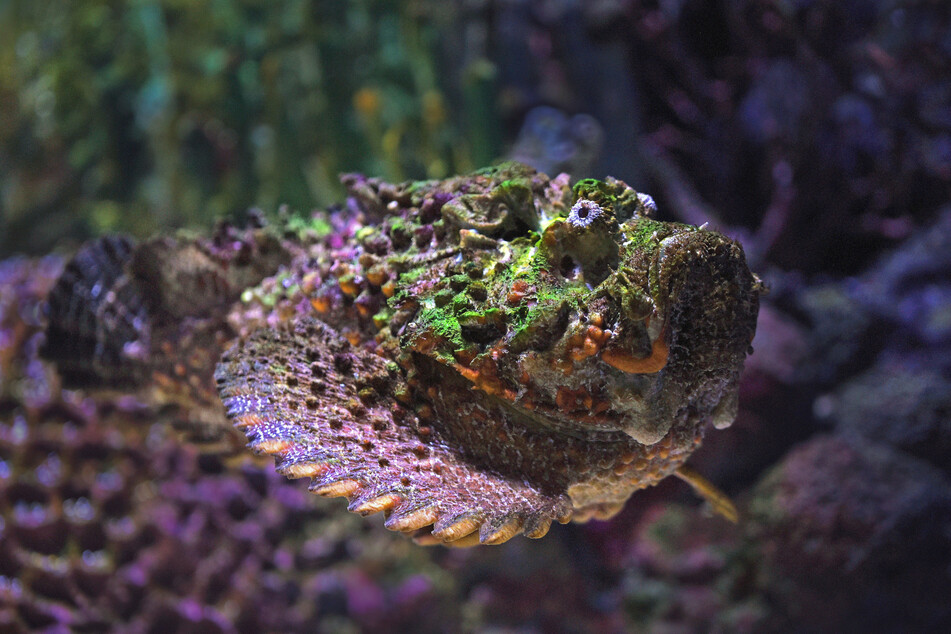
While the purpose of a stonefish's venom is to poison and kill prey while hunting, they will not attack humans. Instead, a person will only be stung by a stonefish if they accidentally touch or disturb one of these curious creatures. In such a situation, the stonefish will have attacked you in self-defense, not out of random aggression.
Even so, it's more likely that a sting is completely accidental and not at all a defensive or offensive act. Most people who are stung have simply been walking or pulling themselves through water, over sand, or over rocks and have simply not seen what they are about to grab hold of.
In many cases, these fish will hide in sand, for example. When this happens, it's very easy for a person to step on the stonefish and get stung accidentally. This is because the venom is held in barbs located on the fish's back, which are usually pointed upwards and will pierce the skin when trodded on.
The stonefish uses its camouflage and venom when hunting, blending into an environment and attacking at the opportune moment. Don't send hate their way, though — it's not their fault that they're dangerous to humans; they were born that way!
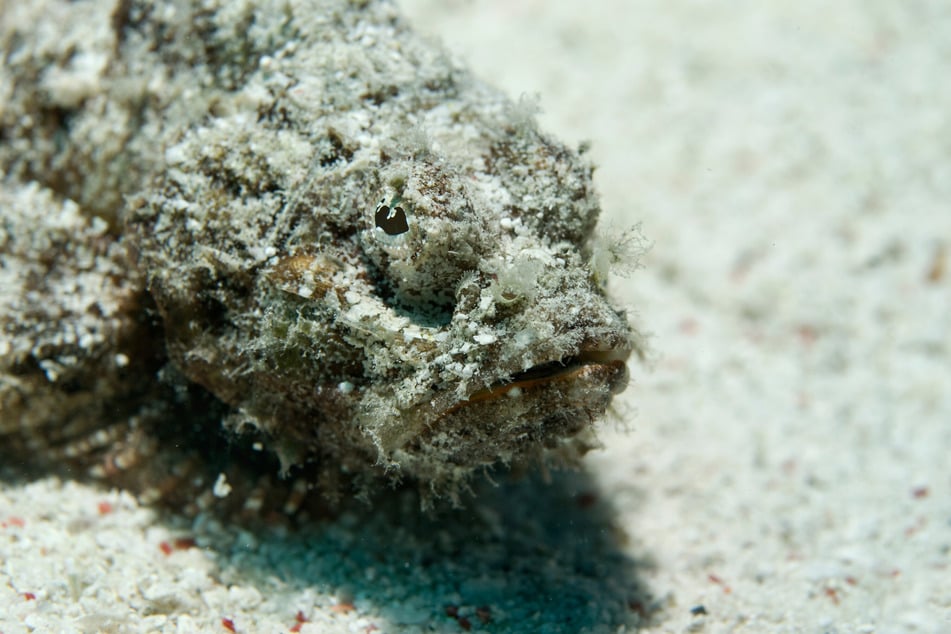
The most poisonous fish should never be touched!
When you are diving or snorkeling in the habitat of the stonefish, the most important thing is that you don't touch anything. While these small fish are predators, they're not going to attack you directly and will instead swim away and hide. The danger is that you'll reach out to pull yourself along and accidentally touch one.
In the case that this happens, very little can be done except to get out of the water as quickly as possible and call emergency services. Most people who touch the stonefish will begin to feel the symptoms within seconds, making this already fraught process all the more difficult.
It's a simple case of being aware and being cautious. Whenever you dive or snorkel, make sure that you are aware of the dangers present and take all possible precautions. Don't go barefoot or without gloves and whatever you do, don't touch anything!
Cover photo: 123RF/Sergemi
